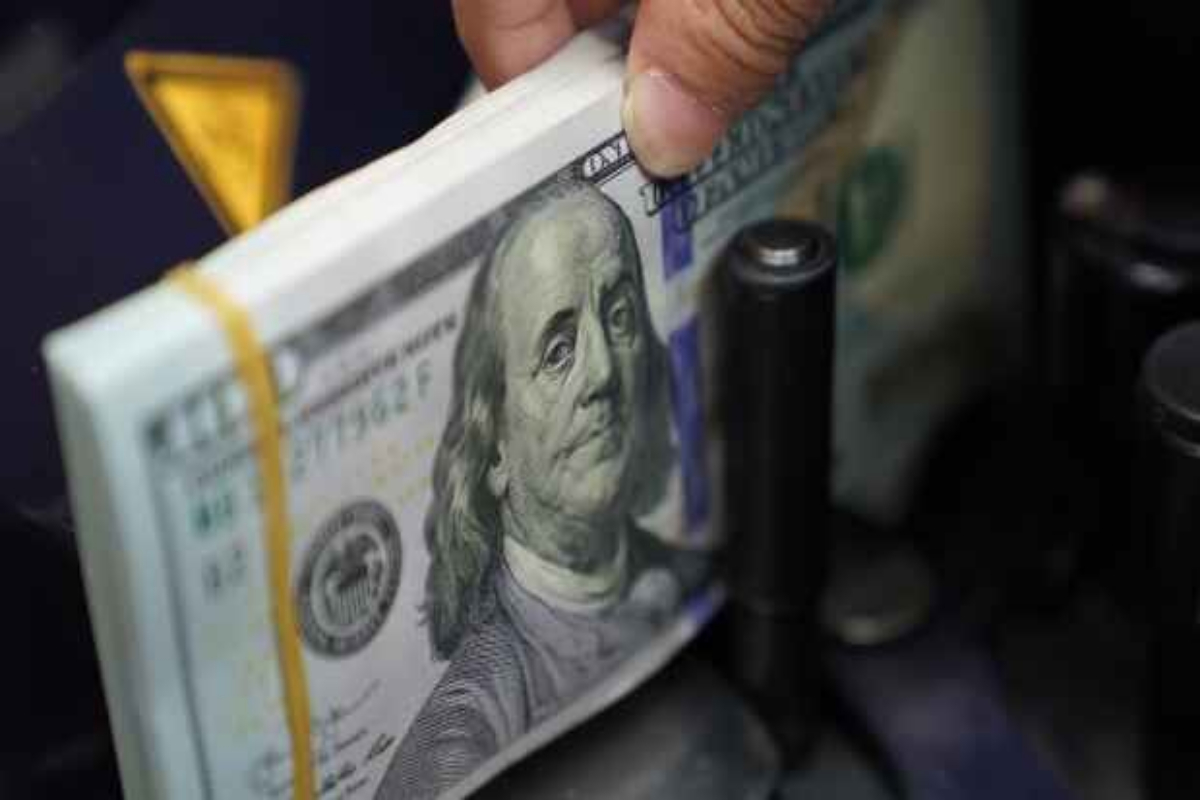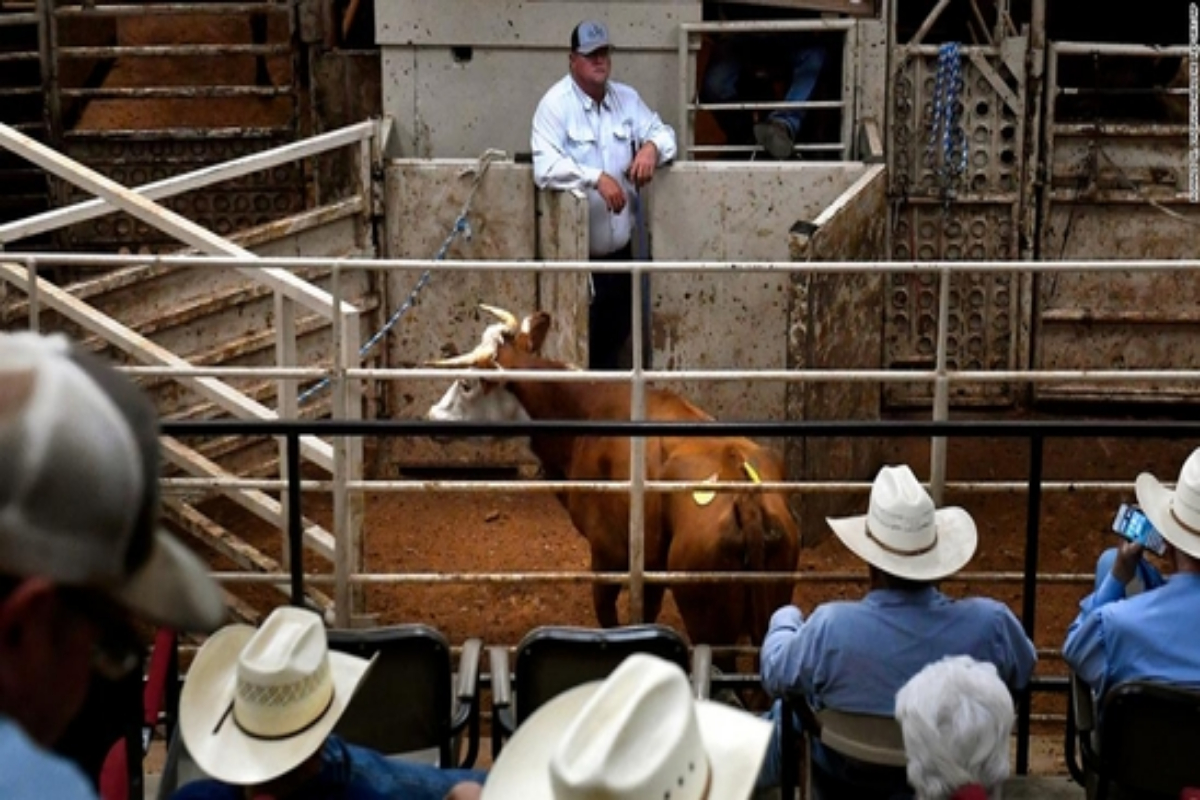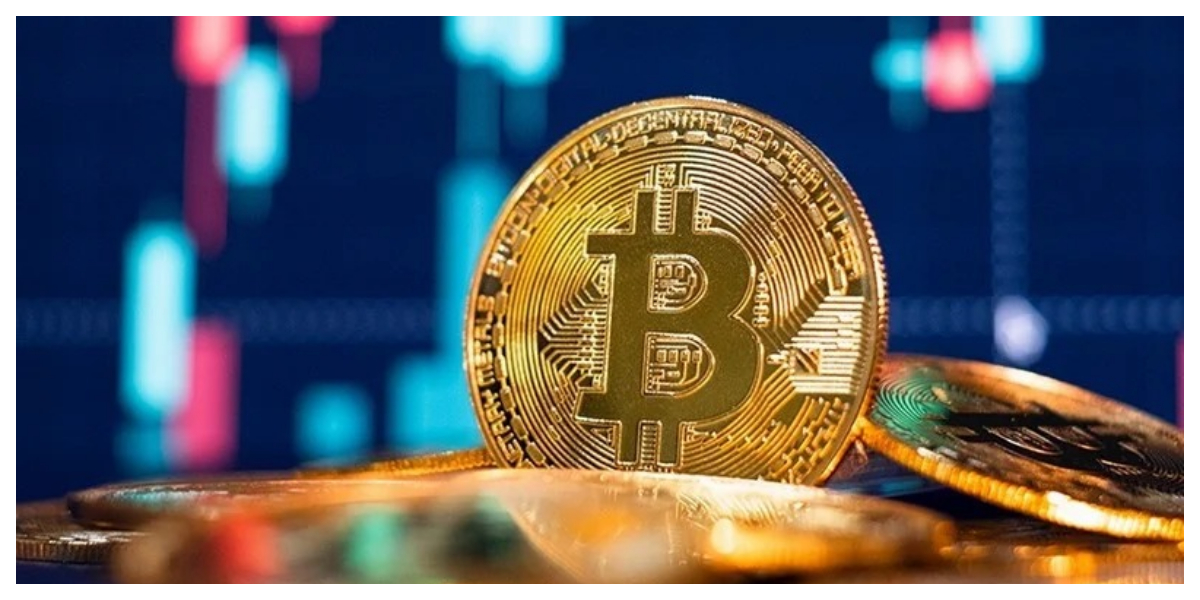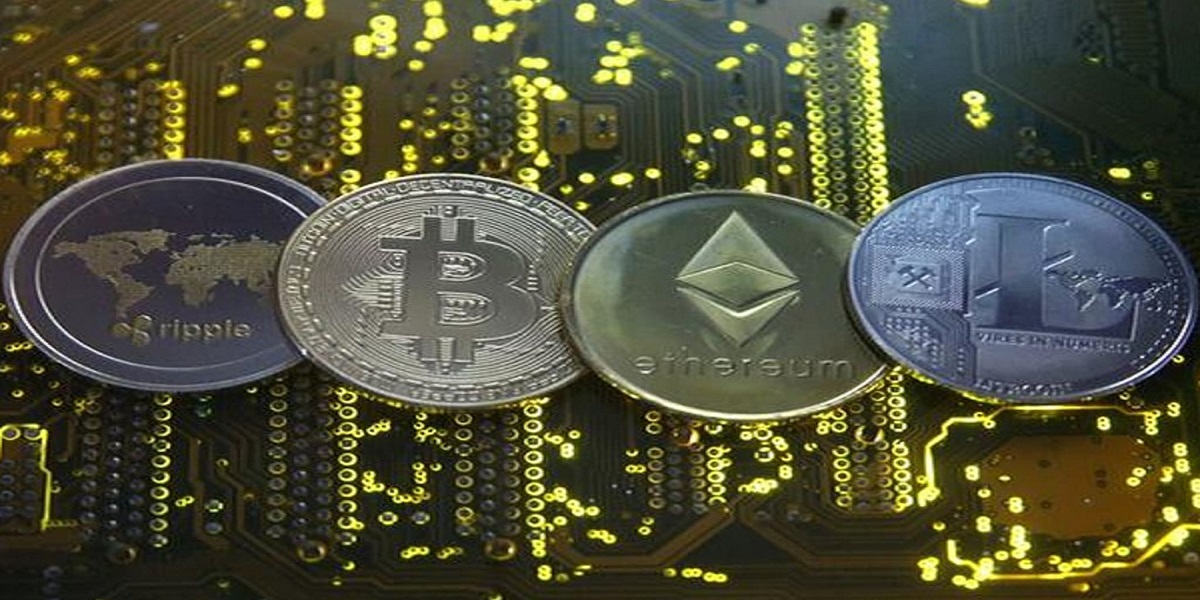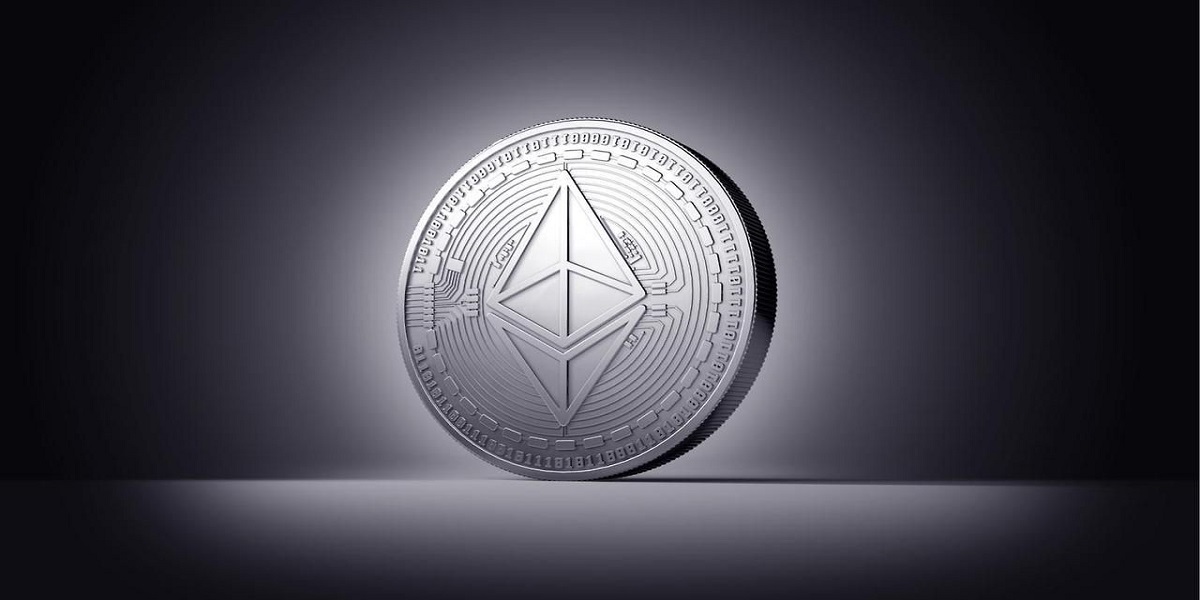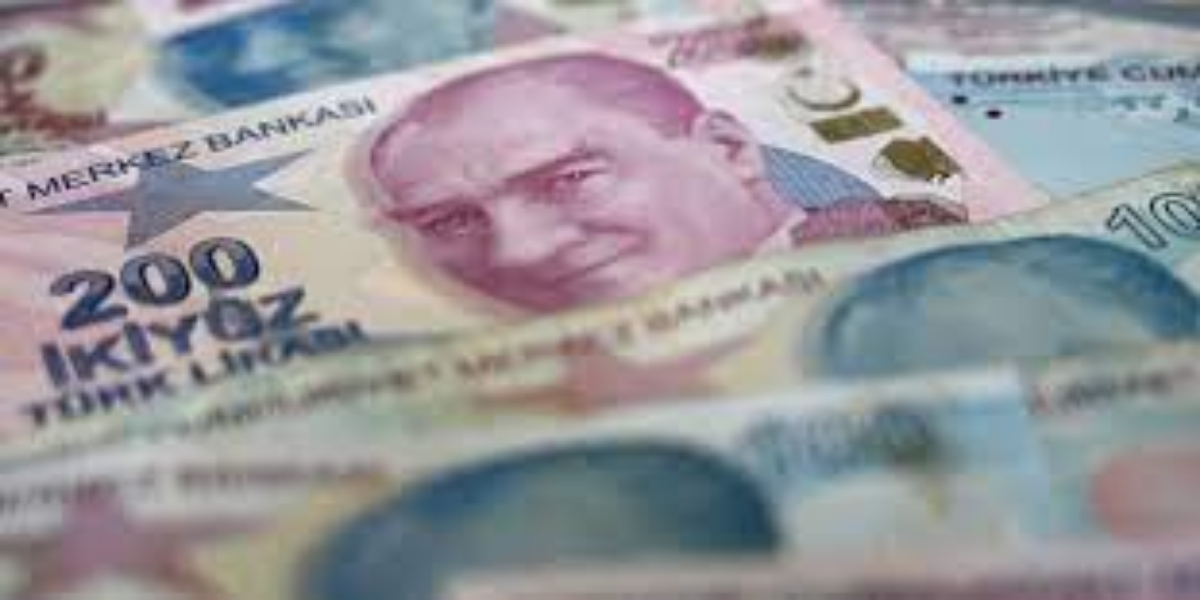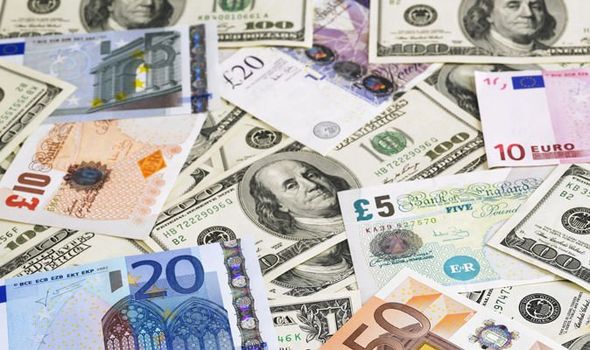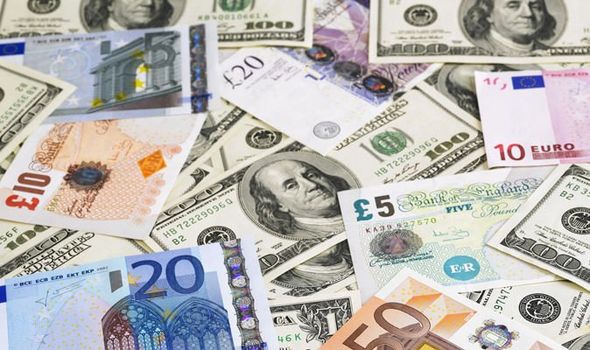- Ryanair said that it returned to profit in the first quarter of 2022.
- Net profit hit 170 million euros ($174 million) in three months to June.
- Chief executive Michael O’Leary warns of ongoing threats to the sector’s fragile outlook.
Irish budget airline Ryanair said Monday that it returned to profit in the first quarter as demand jumped on the travel sector’s nascent recovery from the Covid pandemic.
Net profit hit 170 million euros ($174 million) in its first quarter or three months to June, the Dublin-based carrier said in a statement.
That contrasted sharply with a net loss of 273 million euros a year earlier, when it continued to be hit by Covid travel restrictions.
Traffic increased more than five-fold to 45.5 million passengers.
However, Ryanair’s performance still fell short of its pre-pandemic net profit of 243 million euros in the first quarter of its 2019/2020 financial year.
“While traffic recovered strongly… Russia’s invasion of Ukraine in February damaged Easter bookings and fares,” said chief executive Michael O’Leary.
He also warned of ongoing threats to the sector’s fragile outlook.
Global aviation is still in recovery mode from the deadly Covid pandemic, which ravaged travel demand, grounded planes and sparked sector-wide losses.
“While we remain hopeful that the high rate of vaccinations in Europe will allow the airline and tourism industry to fully recover and finally put Covid behind us, we cannot ignore the risk of new Covid variants in autumn 2022,” warned O’Leary.
“Our experience with Omicron last November, and the Ukraine invasion in February, shows how fragile the air travel market remains, and the strength of any recovery will be hugely dependent upon there being no adverse or unexpected developments over the remainder” of this year.
Ryanair was “insulated from the spiralling cost of fuel” with 80 percent of its kerosene costs hedged for the 2022/2023 year, it added.
Airlines bet against volatile oil prices by hedging, or taking a defensive position on futures markets.
[embedpost slug=”ryanair-lodge-group-in-spain-declare-12-additional-long-stretches-of-strikes/”]







